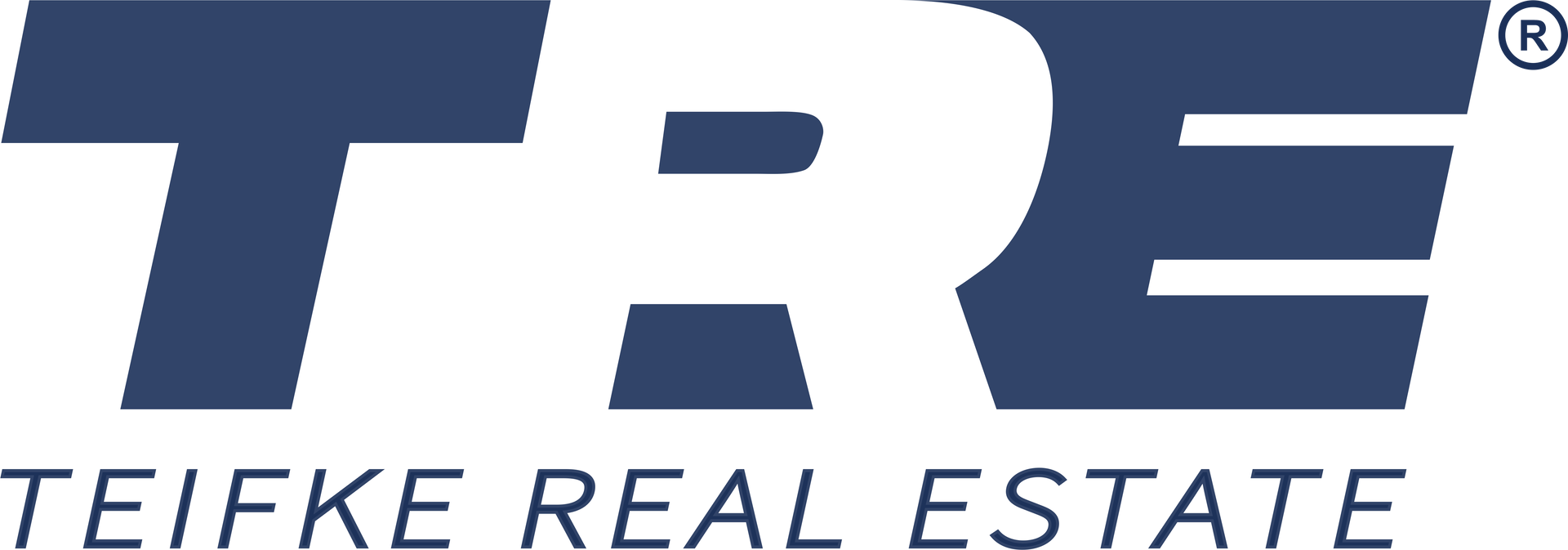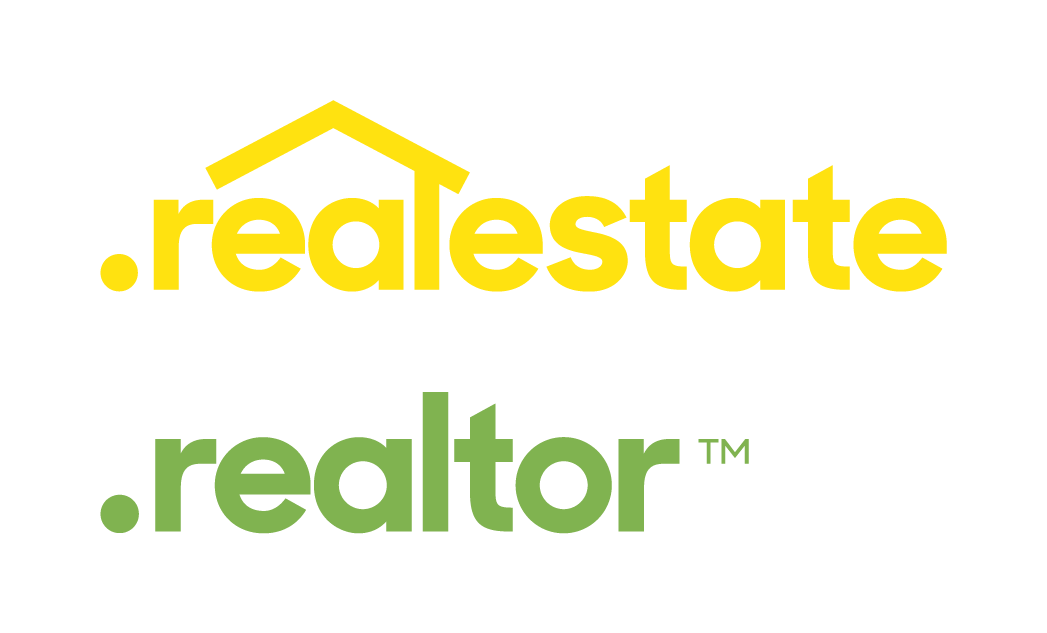The East Austin Growth Corridor: Why Investors Are Watching Manor & Pflugerville (and Beyond to Hutto, Taylor & Bastrop)
Invest in Manor TX, East Austin development

The Shift Eastward
For years, Austin’s expansion has been defined by its westward growth — toward Lake Travis, Bee Cave, and Cedar Park. But in recent years, a quiet transformation has taken place on the opposite side of the metro area. East Austin and its surrounding communities — including Manor, Pflugerville, Hutto, Taylor, and Bastrop — have emerged as Central Texas’s most dynamic growth corridor.
Driven by massive economic investment, improved infrastructure, and a steady migration of residents seeking affordability and accessibility, this region is becoming the epicenter of new opportunity for real estate investors, developers, and homeowners alike.
From new industrial campuses and master-planned communities to lifestyle retail and transit expansions, the East Austin corridor is no longer “up and coming” — it’s arrived.
1. Economic Momentum: Anchored by Major Employers
One of the most powerful catalysts behind the eastward shift is job creation. In the past five years, the region has attracted major employers that have redefined the Central Texas economy.
- Tesla Gigafactory (Southeast Austin): The single largest private employer in the area, Tesla’s facility employs more than 20,000 people and continues to expand its supplier network throughout Manor and Hutto.
- Samsung Semiconductor (Taylor): A $25-billion investment is transforming Taylor into a global technology hub. The project has already spurred new infrastructure, retail growth, and housing demand across the corridor.
- Amazon, Applied Materials, and Others: Distribution and tech firms have clustered near SH-130, creating thousands of logistics and manufacturing jobs.
Each of these projects supports secondary employment — from restaurants to construction — ensuring sustained housing demand for years to come.
2. Transportation & Infrastructure: Connecting the Corridor
Historically, the east side of Austin lacked the transit infrastructure to compete with western suburbs. That’s changing rapidly.
- SH-130 Tollway Expansion: This high-speed alternative to I-35 runs directly through Pflugerville, Manor, and Hutto, giving residents quick north-south access.
- U.S. Highway 290 Upgrades: Ongoing CTRMA improvements are widening lanes and reducing congestion between Manor and Austin, further integrating these communities into the metro network.
- Project Connect & Regional Transit Initiatives: Plans for extended rail service and commuter connections continue to improve accessibility between East Austin and downtown.
The result is a corridor that is not only affordable but increasingly connected — a crucial factor for investors evaluating long-term growth potential.
3. Housing Demand and Affordability: The New Frontier
As home prices in central Austin soared past $600,000 in recent years, buyers and renters began to seek alternatives. East Austin communities have become the natural solution, offering modern housing at a fraction of urban prices.
- Manor: New subdivisions like Lagos Reserve, Presidential Meadows, and Whisper Valley provide energy-efficient homes from the mid-$300s to low-$400s.
- Pflugerville: A family-friendly hub with established amenities and strong schools, where resale values remain stable even amid broader market shifts.
- Hutto: Once a small farm town, Hutto’s planned developments and proximity to SH-130 make it one of the fastest-growing cities in Texas.
- Taylor: Experiencing exponential growth from Samsung and supplier activity, Taylor offers both residential and commercial investment potential.
- Bastrop: Positioned as a scenic, historic alternative to Austin, Bastrop’s River Corridor Plan and growing tech presence (including SpaceX and The Boring Company) signal continued expansion.
For investors, these submarkets represent the sweet spot — strong rental yields, steady appreciation, and diversified tenant pools supported by long-term job growth.
4. The East Austin Development Boom
The East Austin development landscape reflects a balanced mix of residential, commercial, and industrial growth.
Residential Growth
Master-planned communities such as EastVillage, Goodnight Ranch, and Whisper Valley blend sustainable design with mixed-use convenience. Developers are emphasizing smart-home technology, solar readiness, and energy efficiency — features that appeal to the next generation of buyers and renters.
Commercial Expansion
The corridor’s commercial footprint has kept pace with housing. New shopping centers, healthcare campuses, and entertainment districts — like EastVillage and Pecan District — are redefining retail convenience east of I-35.
Industrial & Logistics
Between Pflugerville’s 1,000-acre Innovation District and Taylor’s Samsung-driven logistics network, industrial land has become one of the corridor’s hottest investment assets. Demand for warehousing and light manufacturing continues to climb, creating spillover benefits for multifamily and residential housing.
5. Changing Demographics and Lifestyle Trends
The demographic story of East Austin is one of diversification. The population is younger, more diverse, and increasingly composed of remote professionals and dual-income families relocating from across the U.S.
- Median Age: 33 years
- Top Relocation States: California, Washington, Colorado, Illinois
- Lifestyle Focus: Walkable neighborhoods, modern amenities, and community-driven design
This blend of affordability and lifestyle appeal mirrors Austin’s own creative energy while offering space and affordability that the urban core can no longer provide. For investors, that means a broader buyer and renter demographic to serve.
6. The Investment Outlook: Why Now Matters
The case to invest in Manor TX — and the surrounding East Austin corridor — is compelling:
- Price Point Advantage: Entry prices remain 30–40% lower than comparable homes in central and west Austin.
- Appreciation Potential: As infrastructure and amenities mature, property values are expected to grow steadily through 2030.
- Rental Market Strength: A consistent influx of workers tied to Tesla, Samsung, and tech expansion ensures long-term tenant demand.
- Land Opportunities: Unlike saturated western suburbs, eastern counties still offer affordable acreage and development potential.
Real estate investors focusing on cash-flow properties, build-to-rent portfolios, or appreciation plays will find multiple entry points in these submarkets.
7. Emerging Submarket Highlights
Submarket/ Key Drivers/ Investment Potential
Manor: Proximity to Tesla + SH-130, new construction boom High for single-family and rental homes
Pflugerville: Strong schools, mixed-use projects like East Village Stable, family-driven resale and rentals
Hutto: Rapid population growth, highway access Excellent for long-term appreciation
Taylor: Samsung + supplier network Strong industrial and land investment
Bastrop: Scenic appeal + new tech firms Ideal for second homes, STRs, and commercial
8. Challenges and Considerations
No region grows without friction. Investors should be mindful of:
- Rising construction costs due to demand for skilled labor.
- Zoning and permitting delays as municipalities balance rapid expansion.
- Infrastructure lag in smaller towns still catching up with growth.
However, these challenges also present opportunity — particularly for investors willing to engage early in markets still defining their long-term potential.
9. The Long-Term Outlook: A 2030 Vision
By 2030, East Austin is projected to add more than 250,000 new residents and tens of thousands of new housing units. The corridor’s strategic position — anchored by employment, affordability, and mobility — positions it as a vital pillar of Austin’s future growth story.
This is not speculative development; it’s a measured, data-backed transformation. As Austin evolves into a regional metro similar to Dallas-Fort Worth, East Austin stands as its new economic engine.
Conclusion: Investing in the Future of Central Texas
The East Austin growth corridor offers investors something rare in today’s real estate landscape: accessibility, appreciation potential, and longevity. Whether your strategy involves build-to-rent communities, land acquisition, or residential resale, the fundamentals here are strong — and the timeline for growth is only beginning.
As development accelerates through 2026 and beyond, staying informed and connected to local market data will be critical for making smart, profitable moves.
Ready to explore active investment opportunities across Manor, Pflugerville, Hutto, Taylor, and Bastrop?
Request your customized investor property list today and start building your portfolio in Central Texas’s most promising growth corridor.





